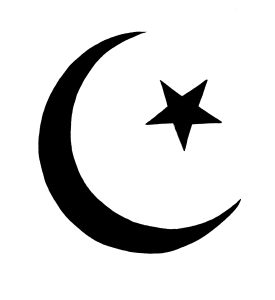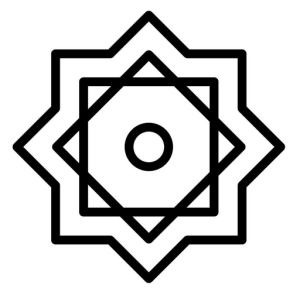62 Introduction


Islam developed in the Arabian Peninsula in the seventh century CE. Islam, which literally means “submission,” is based on the revelations experienced by Muhammad (570-632 CE) the founder of Islam. These revelations were recorded in a text called the Qur’an, which is considered to be sacred by Muslims around the world.
Initially, Islam transformed the religious and social culture throughout the Arabian Peninsula. As a religion of ethical monotheism, Islam claims to have restored an original faith in the one God of Abraham to Arabia. The Arabian word for supreme God is Allah. In this chapter, we will use the term God to emphasize the Islamic view that the God of Islam is the same as the God of Judaism and Christianity. Muslims trace a direct lineage to Abraham from his consort Hagar and her son Ishmael, both of whom were exiled to Arabia.
Muslims refer to Jews and Christians as “people of the book” a title that refers to the fundamental connection between Islam, Judaism, Christianity, and the Hebrew Bible. Many of the stories found in the Bible are portrayed somewhat differently in Islam, but the fundamental affirmation of a belief in a single, all-powerful creator God whose revelations to prophets guide His people links all three religions. Muhammad is considered to be a prophet in the Abrahamic line like Moses or Jesus. The Quran designates Muhammad as the seal of the prophets, meaning that the revelations of Abrahamic monotheism were completed by the final revelations to Muhammad, so there will be no further revelations.
Islam developed an enthusiasm for conversion missions and quickly spread north and west to Mediterranean cultures and eastward toward India. Today, Muslims live and practice Islam throughout the world, accommodating the practice of their faith to local cultures.
